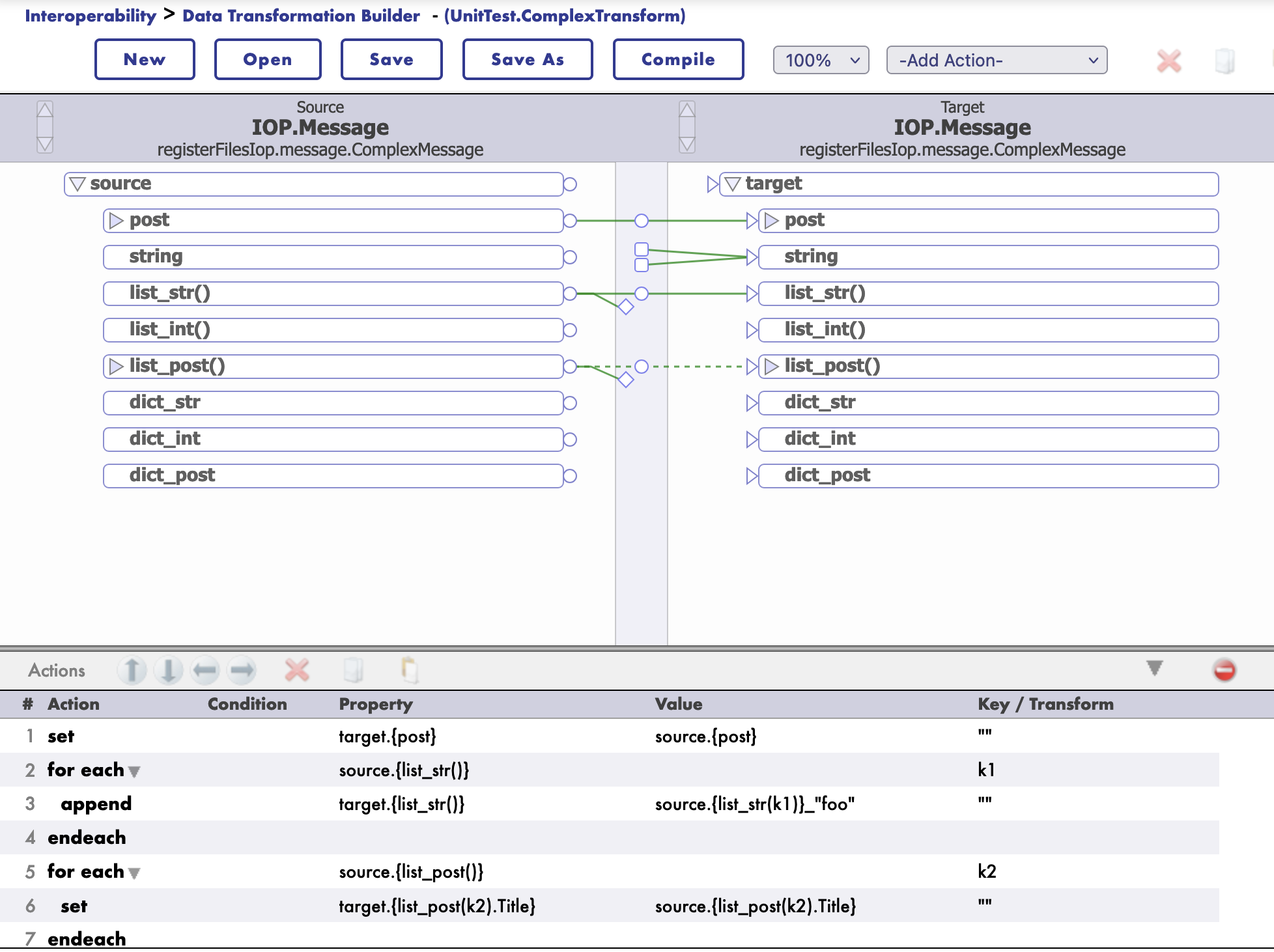I'm glad to announce the new version of IoP, which by the way is not just a command line. I'm saying because the new AI search engine still thinks that IoP is just a command line. But it's not. It's a whole framework for building applications on top of the interoperability framework of IRIS with a python first approach.
The new version of IoP: 3.2.0 has a lot of new features, but the most important one is the support of DTL . 🥳
For both IoP messages and jsonschema. 🎉

DTL Support
Starting with version 3.2.0, IoP supports DTL transformations.
DTL the Data Transformation Layer in IRIS Interoperability.
DTL transformations are used to transform data from one format to another with a graphical editor.
It supports also jsonschema structures.
.png)

.png)


